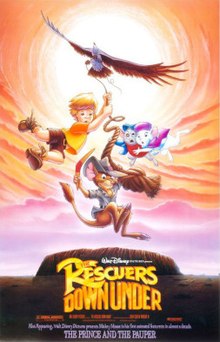 In just a few weeks I'll have graduated from Kansas State University and be south bound for Australia.
In just a few weeks I'll have graduated from Kansas State University and be south bound for Australia.
While in my class for the trip to Australia I've learned many interesting
facts about the Land Down Under. Here is just a little of what was presented
during my weekly class:
- The
Australian National Anthem is "Advance Australia Fair"
- The
Queen of England is considered the Queen of Australia
- Citizens
who are 18 or older are required by law to vote in Australia
- If
you do not vote you are accessed a $20 fine
- "Hotels"
- bars in Australia are called hotels because of strict liquor licensing
laws from the 19th century
- Influential
men and women are featured on each piece of Australian currency
- A
kangaroo and emu are featured on the Coat of Arms,
representing that Australia is always moving forward because neither
animal can move backwards easily
- Wheat
is the major crop grown in Australia
- Approximately
25,000 farms grow wheat
- Sugar
cane is the 2nd largest exported crop
- 95%
of sugar cane is grown in Queensland
- Angus cattle came to Australia in 1824
- 1 in
4 cattle are Angus in Australia
- Hereford and Shorthorn cattle were imported to Australia from England in 1825
- Four
different branded programs for Australian Hereford beef
- Simmental
cattle weren't introduced until 1972
- 4%
of the world's beef supply comes from Australia
- There
are over 77 million sheep in Australia
- New
South Wales is home to 34% of the total sheep flock
- The
United States is the largest market for lamb exports
- Emus
are native to Australia, but there are more in the United States
- Emus
only drink 1-2 times daily
- Emus
can run 30 miles per hour
- Western
Australia was the first state to start emu farming in 1970
- Australian
livestock auctions started in the 1850s
- The Great Barrier Reef is over 500 million years old
- It
is the largest coral reef in the world
- The Great Barrier Reef is visible from space

 Well I can't wait to get to know my classmates even better on our journey across the Pacific Ocean, while learning more about this interesting land. I also look forward to updating everyone on Australian agriculture, culture and history. Make sure you follow along as I trek across the world's largest island.
Well I can't wait to get to know my classmates even better on our journey across the Pacific Ocean, while learning more about this interesting land. I also look forward to updating everyone on Australian agriculture, culture and history. Make sure you follow along as I trek across the world's largest island.
Until next time, happy trails!








.JPG)
.jpg)


